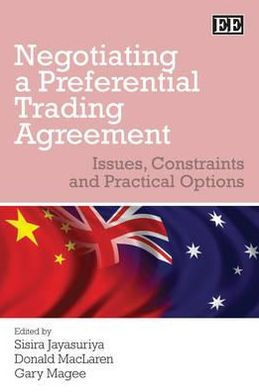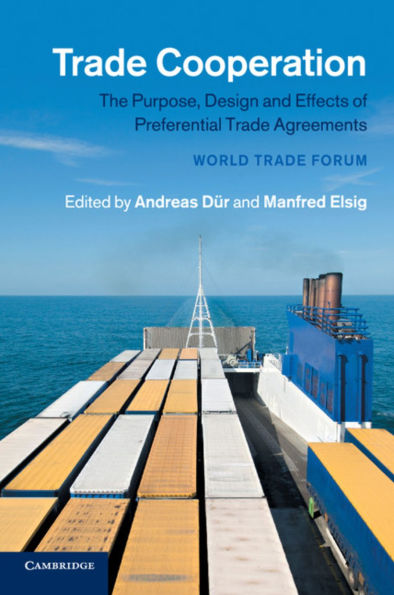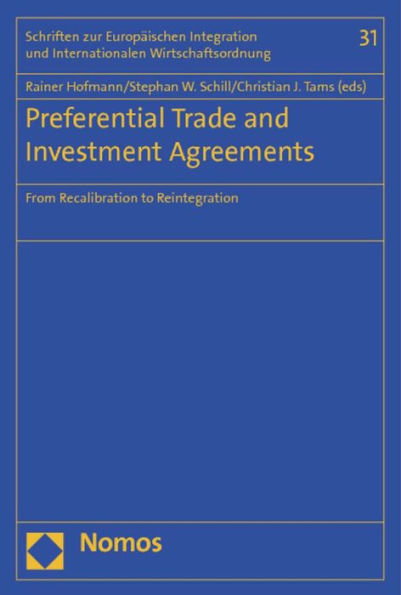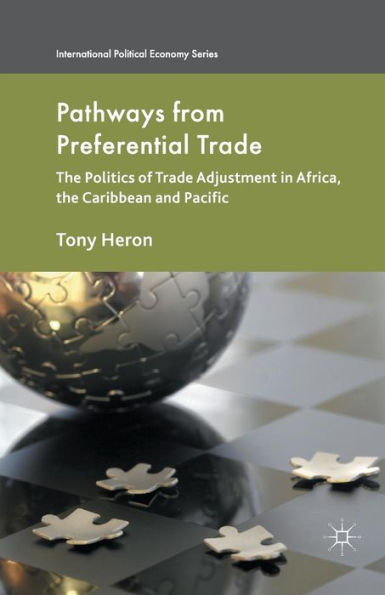Home
Negotiating a Preferential Trading Agreement: Issues, Constraints and Practical Options
Loading Inventory...
Barnes and Noble
Negotiating a Preferential Trading Agreement: Issues, Constraints and Practical Options
Current price: $165.00


Barnes and Noble
Negotiating a Preferential Trading Agreement: Issues, Constraints and Practical Options
Current price: $165.00
Loading Inventory...
Size: OS
*Product Information may vary - to confirm product availability, pricing, and additional information please contact Barnes and Noble
Presenting a blend of economics and law, this book provides unique insights as well as practical guidance for negotiators considering major issues on the agendas of bilateral and regional preferential trading agreements (PTAs).
PTAs are currently proliferating. However, the existing economics literature provides little guidance for trade negotiators and analysts grappling with complex technical problems when negotiating PTAs. The authors use the Australia-China Free Trade Agreement as an illustrative case study to provide concrete insights into the political economy roots of disagreements and conflicts, and discuss the pros and cons of alternative formulations and approaches.
This informative and insightful book would appeal to academic analysts, particularly those interested in the economic and legal aspects of international trade, and to those involved in negotiating international trade agreements. It would also be of great interest to trade negotiators and trade policy makers.
PTAs are currently proliferating. However, the existing economics literature provides little guidance for trade negotiators and analysts grappling with complex technical problems when negotiating PTAs. The authors use the Australia-China Free Trade Agreement as an illustrative case study to provide concrete insights into the political economy roots of disagreements and conflicts, and discuss the pros and cons of alternative formulations and approaches.
This informative and insightful book would appeal to academic analysts, particularly those interested in the economic and legal aspects of international trade, and to those involved in negotiating international trade agreements. It would also be of great interest to trade negotiators and trade policy makers.











